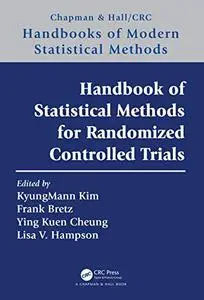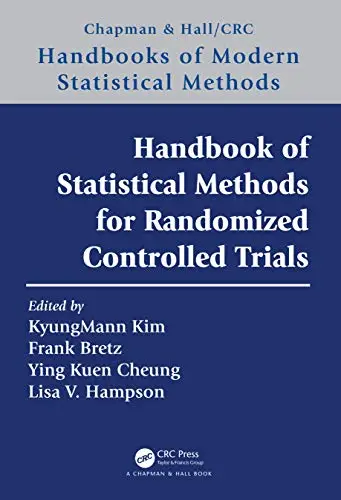Handbook of Statistical Methods for Randomized Controlled Trials
by KyungMann Kim
English | 2021 | ISBN: 1032009101 | 655 pages | True PDF | 13.9 MB
by KyungMann Kim
English | 2021 | ISBN: 1032009101 | 655 pages | True PDF | 13.9 MB
Statistical concepts provide scientific framework in experimental studies, including randomized controlled trials. In order to design, monitor, analyze and draw conclusions scientifically from such clinical trials, clinical investigators and statisticians should have a firm grasp of the requisite statistical concepts. The Handbook of Statistical Methods for Randomized Controlled Trials presents these statistical concepts in a logical sequence from beginning to end and can be used as a textbook in a course or as a reference on statistical methods for randomized controlled trials.
Part I provides a brief historical background on modern randomized controlled trials and introduces statistical concepts central to planning, monitoring and analysis of randomized controlled trials. Part II describes statistical methods for analysis of different types of outcomes and the associated statistical distributions used in testing the statistical hypotheses regarding the clinical questions. Part III describes some of the most used experimental designs for randomized controlled trials including the sample size estimation necessary in planning. Part IV describe statistical methods used in interim analysis for monitoring of efficacy and safety data. Part V describe important issues in statistical analyses such as multiple testing, subgroup analysis, competing risks and joint models for longitudinal markers and clinical outcomes. Part VI addresses selected miscellaneous topics in design and analysis including multiple assignment randomization trials, analysis of safety outcomes, non-inferiority trials, incorporating historical data, and validation of surrogate outcomes.



